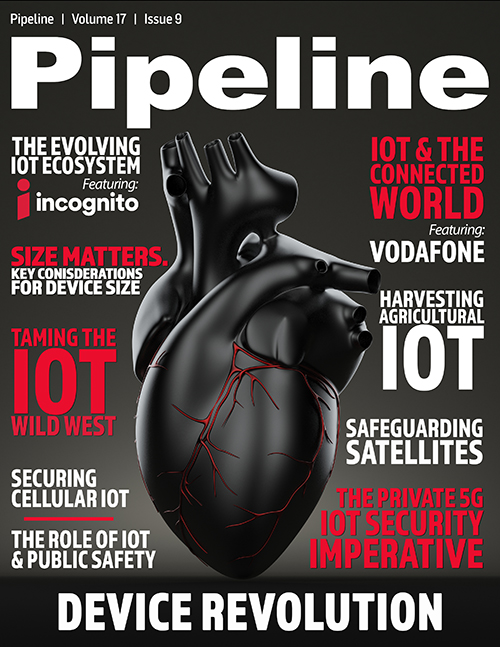Harvesting Agricultural IoT's Potential
Livestock management is another function where the IoT is taking root. Livestock such as cattle can have their data tracked with sensors to monitor performance and overall health. For example, if an animal is sick or injured, a sensor can send data that identifies this so that they can be separated from other animals to be treated. This also lowers the risk of disease spreading. Drones are also being utilized to cut workforce costs and take advantage of real-time tracking of livestock.
Moreover, the market is growing. Valued at $6 billion in 2020, precision farming is expected to expand at a compound annual growth rate (CAGR) of 13.1 percent from 2021 to 2028. Thanks to increased adoption of IoT technology and advanced analytics, which uses forecast data to ensure that the crop and soil receive adequate nurturing, farmers are better able to plan and manage their crops. But to deliver these high-level capabilities in typically harder-to-reach, isolated locations, farms and farmers require access to a critical resource—connectivity.
Powering the IoT
The very nature of farms means that they are often located in rural areas, out of reach of terrestrial connectivity infrastructure. This new level of digitalization in agriculture requires uninterrupted, highly reliable communications to operate effectively and there is no one-size-fits all solution for each use case. Different connectivity capabilities will be required to address the full spectrum of applications from monitoring of farm machinery to the provision of Internet access to farm buildings. Use cases will vary in terms of the amount of data required: some will have high data requirements, some low.
Satellite’s inherent capabilities—such as its ability to reach remote areas, scale, and to extend coverage for other providers—make it an ideal enabler of IoT. For example, satellite’s ‘anywhere, anytime’ capability enables real-time asset management. This means that IoT sensors can collect data in the field, such as air and water quality, and enable live tracking of weather and environmental circumstances. In doing so, satellite-based IoT solutions provide a highly reliable, cost-effective solution that can reach anywhere. Satellite is also highly scalable, allowing it to serve many remote sites across a wide geographical area.
Use case examples include crop management and weather monitoring. For the former, sensors can gather ground temperature, water potential and soil moisture data. Remotely controlled systems like pheromone dispensers and traps can manage pests and any data collected is sent by satellite to the cloud. Cloud applications can be set to monitor pest activity, potential crop diseases, and growing predictions and send relevant alarms to the growers. For weather monitoring, connected sensors tracking wind speed, direction, rainfall, sunshine, humidity and air pressure collect local data and weather information that are then transmitted via satellite to the cloud. The collected data and cloud application allow for more informed decisions on crop preparation, irrigation, pesticide use and labor dispatch.
Another critical requirement of any IoT solution is ease of use. Time is a critical resource in agriculture, and with no IT manager on a farm, farmers still need to be able to install the systems rapidly and get them up and running quickly. Terminals must also be small, with low power consumption, offering access to all frequency bands—and the cost of the solution must be affordable. Above all, farmers must see fast return on investment.
A new ecosystem
The success of the IoT’s impact on precision farming is dependent on the creation of a robust ecosystem. This involves several steps: harvesting the data from the field, passing it to the cloud and analyzing it using AI and machine learning before making meaningful data available on platforms that farmers can easily access to aid decision-making. Real-time information on weather and environmental factors, for example, will provide key data on when to irrigate. Other tools such as intelligent silos, drone and soil sensors and farm robots provide critical insights, enabling better management of crops and livestock.
The IoT, in both the agriculture sector and other industries, can improve productivity, allow for better asset management and monitoring, enhance security, and ensure accurate data gathering. The IoT’s rapid growth is bringing huge improvements in terms of both the abilities and costs of equipment such as sensors and terminal pricing and affordable connectivity solutions. With concerns over the production of food and the availability of water topping the agenda for governments, aid agencies and farmers alike, this means that precision farming can be equipped with the technology to prepare the agricultural industry for the challenges that lie ahead. Satellite-based IoT solutions offer an answer, providing a highly reliable, cost-effective solution that can reach anywhere.



















